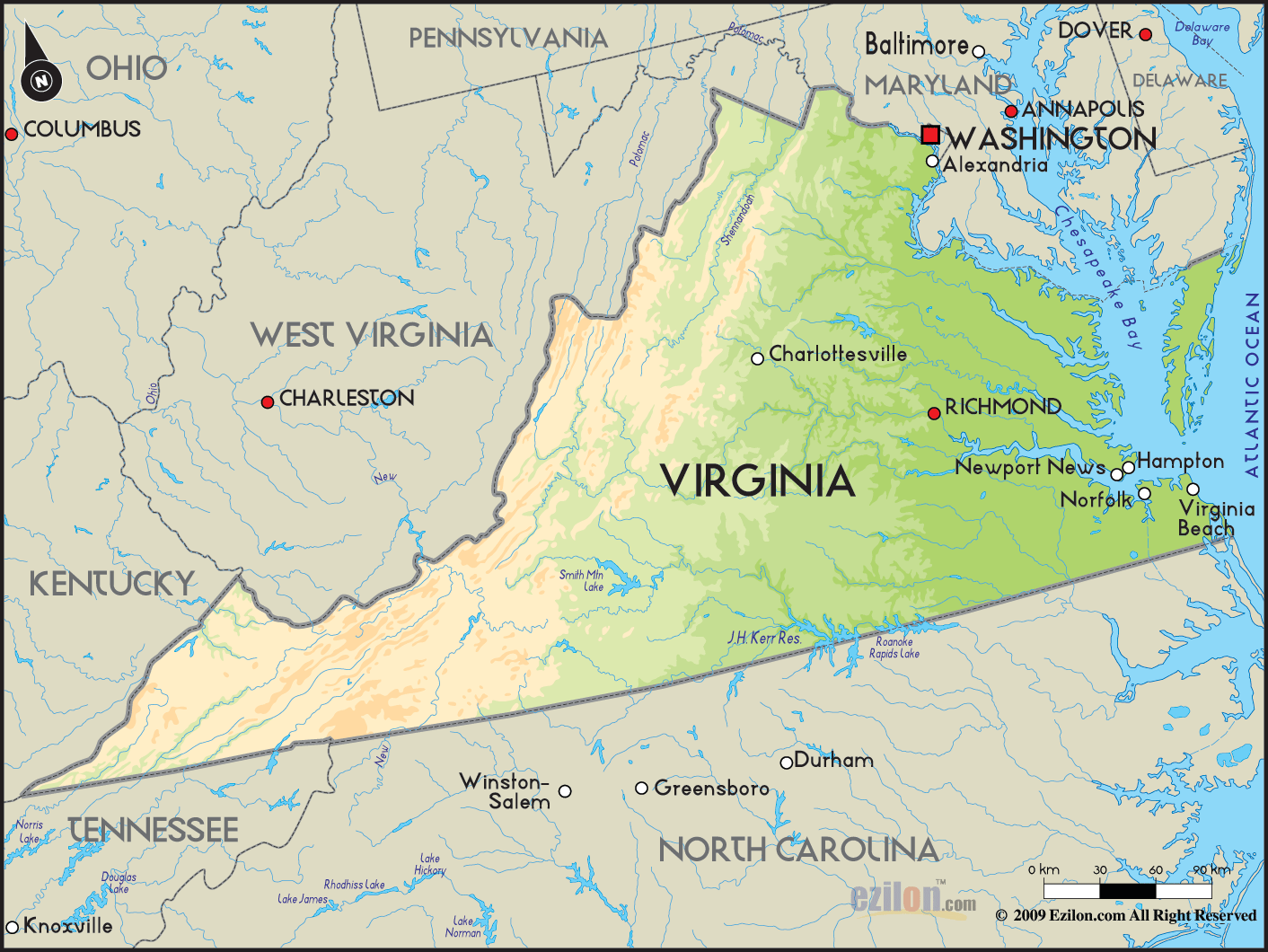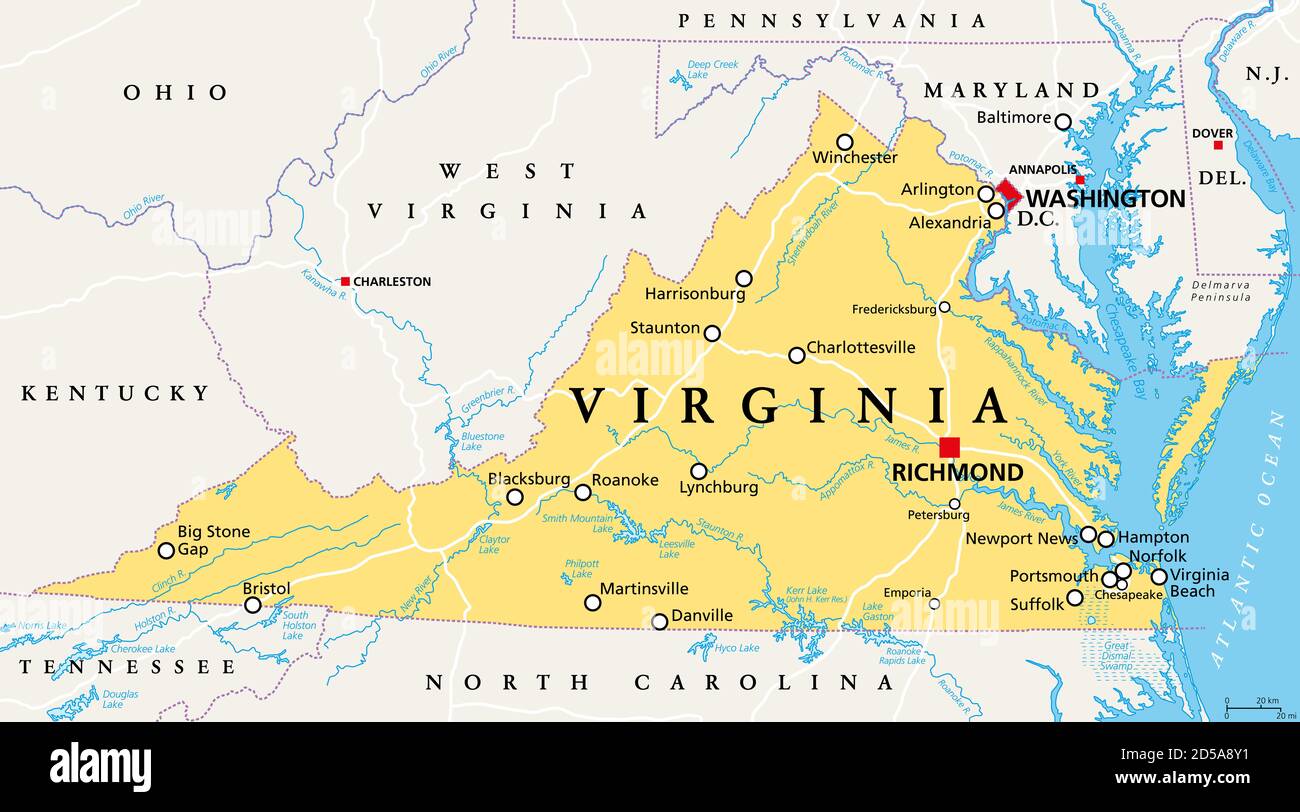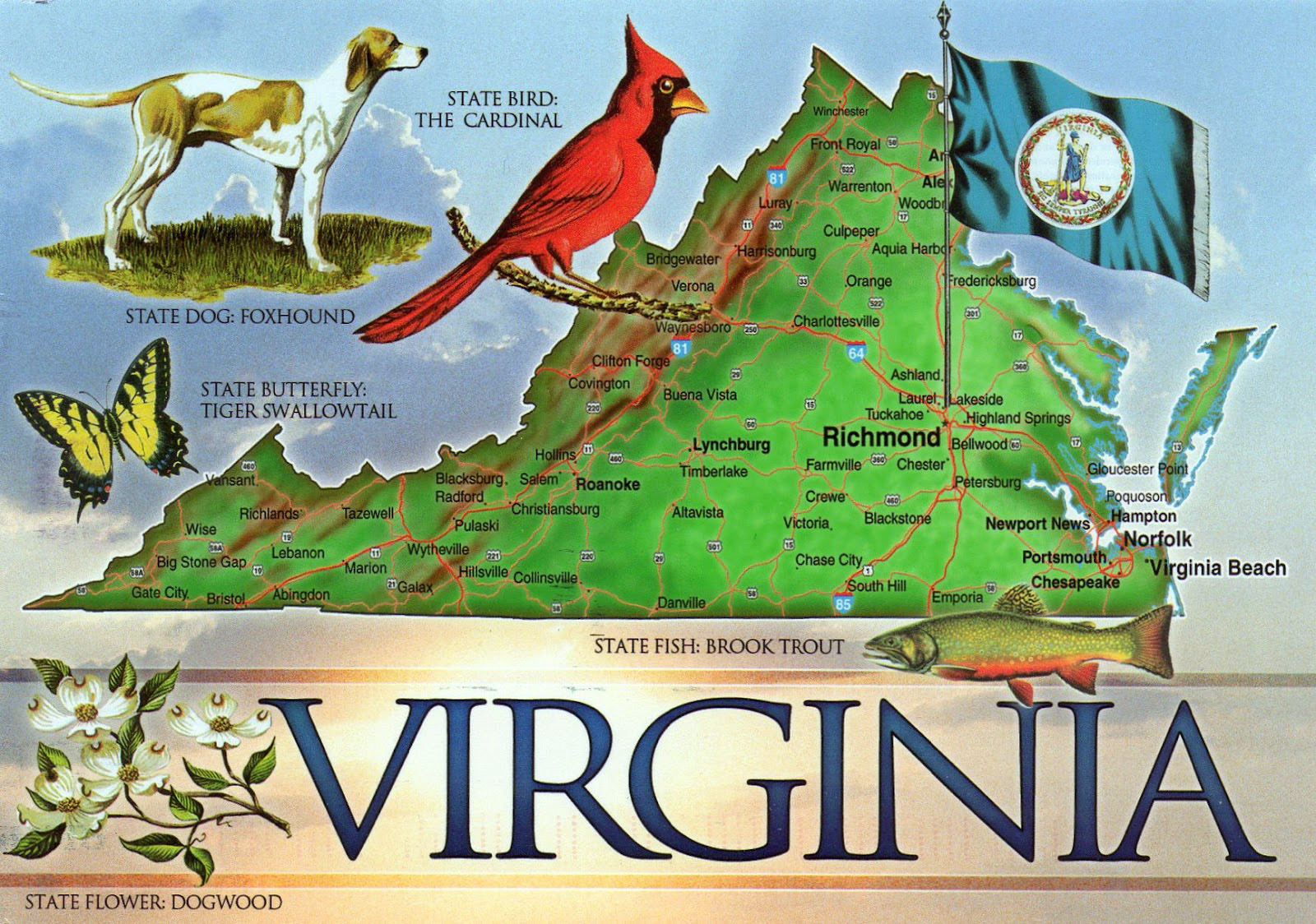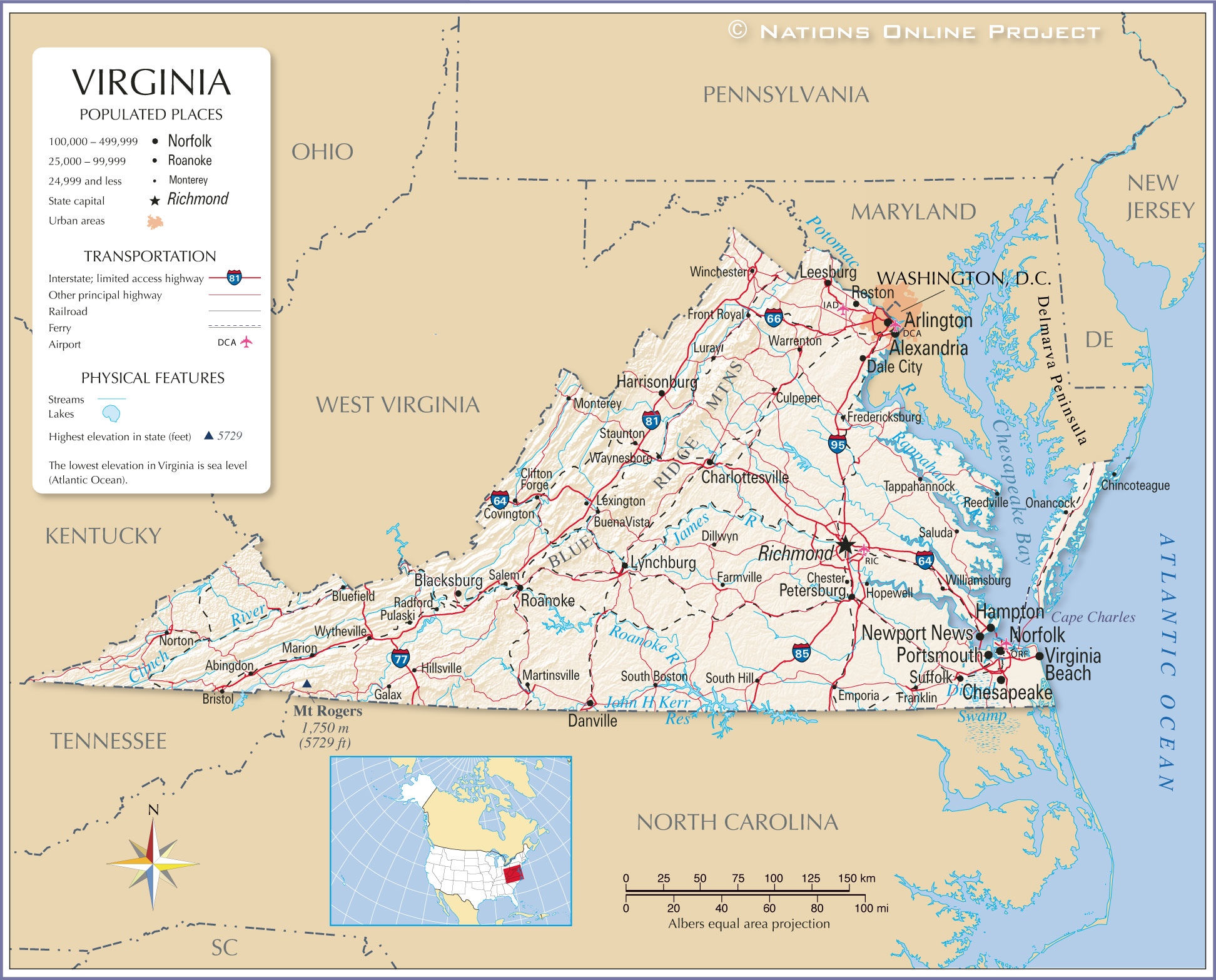
Here’s an article explaining the Virginia Native American tribes map, tailored for a travel and history education blog, straight to the point and approximately 1200 words.
>
Unveiling Ancient Virginia: A Living Map of Native Nations
Forget the static, colonial-era maps that often erase or diminish the vibrant history of America’s first peoples. To truly understand Virginia – its landscapes, its stories, and its enduring spirit – one must delve into the dynamic and deeply rooted history of its Native American tribes. This isn’t merely an exercise in historical geography; it’s an exploration of identity, resilience, and the continuous presence of sovereign nations whose legacies stretch back millennia.

The map of Virginia, long before European ships breached its shores, was a complex tapestry woven with distinct cultures, languages, and political structures. It delineated the ancestral lands of diverse nations, each with its unique way of life, spiritual beliefs, and intricate relationships with the land and with neighboring peoples. Understanding this map is to embark on a journey through time, challenging preconceived notions and revealing the profound impact of these foundational cultures on what Virginia is today.
Pre-Colonial Virginia: A Mosaic of Nations
Before the arrival of the English at Jamestown in 1607, the region now known as Virginia was a thriving mosaic of indigenous communities. These weren’t isolated groups, but sophisticated societies engaged in trade, diplomacy, and occasional conflict. Their settlements, agricultural fields, hunting grounds, and sacred sites covered the entire territory, from the Atlantic coast across the Piedmont to the Blue Ridge Mountains and beyond.
Linguistically, the tribes of Virginia primarily belonged to three major language families:

- Algonquian: Predominantly located in the Tidewater region, along the major rivers flowing into the Chesapeake Bay. This was the largest and most politically organized group encountered by the English.
- Siouan: Inhabiting the Piedmont region, stretching west towards the mountains. These nations were culturally distinct from their coastal neighbors.
- Iroquoian: Found in the southeastern part of Virginia, with a notable presence along the Nottoway and Meherrin Rivers. Though geographically separate, they shared linguistic and cultural ties with the powerful Iroquois Confederacy to the north.

This linguistic and geographic distribution formed the fundamental layers of Virginia’s pre-colonial map, each defining distinct territories and cultural zones.
The Algonquian Dominance: The Powhatan Paramount Chiefdom
The most widely known and politically dominant group in coastal Virginia were the Algonquian-speaking peoples, united under the formidable leadership of Wahunsenacawh, commonly known as Chief Powhatan. By the late 16th and early 17th centuries, Powhatan had consolidated a vast paramount chiefdom, often referred to as the Powhatan Confederacy, which encompassed some 30 distinct tribes and over 15,000 people.
This confederacy stretched from the Potomac River in the north to the James River in the south, and west to the fall line (the geographical boundary where the coastal plain meets the Piedmont). Key tribes within the Powhatan Confederacy included:
- Pamunkey: Chief Powhatan’s own tribe, often considered the most influential. Their reservation, established in 1646, is one of the oldest in the United States.
- Mattaponi: Another core tribe, also maintaining a reservation established in 1658.
- Chickahominy: A powerful independent tribe that eventually allied with Powhatan.
- Nansemond: Located along the Nansemond River.
- Rappahannock: Situated along the Rappahannock River.
- Kecoughtan, Arrohateck, Appamatuck, Paspahegh, Werowocomoco: Other significant tribes whose villages were central to the early interactions with Jamestown.

The Powhatan peoples were skilled agriculturists, cultivating corn, beans, and squash. They were also expert hunters and fishermen, utilizing the abundant resources of the Chesapeake Bay and its tributaries. Their villages consisted of longhouses, and their society was structured with werowances (chiefs) leading individual tribes, all ultimately deferring to the paramount chief. The map of this era would show a vibrant network of interconnected villages and territories, centered around the major river systems.
The arrival of the English at Jamestown directly into the heart of Powhatan territory initiated a complex and often violent period of interaction – marked by alliances, trade, conflict, and ultimately, displacement.
The Ancient Monacan Nation: Keepers of the Piedmont
Moving west from the Algonquian-dominated Tidewater, the map reveals the ancestral lands of the Siouan-speaking peoples, primarily the Monacan Nation. Their territory spanned the Piedmont region, stretching from the fall line up into the Blue Ridge Mountains. Unlike the coastal Algonquians, the Monacan were historically mound builders, leaving behind significant archaeological evidence of their complex ceremonial and burial practices.
The Monacan were often in conflict with the Powhatan, reflecting distinct cultural practices, resource competition, and differing political spheres. They were also skilled farmers, hunters, and gatherers, adapting their lifestyle to the rolling hills and mountain foothills. Their villages, like those of the Algonquians, were semi-permanent, moving seasonally to exploit different resources.
The Monacan’s interaction with Europeans was initially less direct than the Powhatan’s, but they too faced the pressures of disease, land encroachment, and the fur trade. Their history is one of deep resilience, maintaining their identity and cultural practices despite immense external pressures that sought to erase them.
The Iroquoian Speakers: Nottoway and Meherrin
In the southeastern corner of Virginia, along the Nottoway and Meherrin Rivers, lived the Iroquoian-speaking tribes: the Nottoway (or Cheroenhaka) and the Meherrin. These tribes were linguistically and culturally related to the powerful Iroquois Confederacy (Haudenosaunee) to the north, a fascinating testament to ancient migration patterns and interconnectedness across vast distances.
Surrounded by Algonquian and Siouan neighbors, the Nottoway and Meherrin maintained their distinct identity, language, and cultural practices. They were also agriculturalists, hunters, and gatherers, thriving in their riverine environment. Their history, like that of other Virginia tribes, is marked by alliances, conflicts, and the enduring struggle to maintain sovereignty in the face of colonial expansion. The Nottoway, in particular, maintained a reservation from the colonial era, a powerful symbol of their continued presence.
The Era of Colonial Expansion and Its Devastating Impact
The arrival of Europeans dramatically reshaped the map of Native Virginia. The initial interactions, as documented by figures like Captain John Smith, illustrate a complex landscape of distinct tribal territories. However, the ensuing centuries saw a rapid and devastating transformation.
- Disease: European diseases, against which Native peoples had no immunity, decimated populations, often preceding direct military conflict.
- Warfare: A series of Anglo-Powhatan Wars (1609-1614, 1622-1632, 1644-1646) led to the destruction of villages, forced treaties, and the gradual reduction of Native lands.
- Land Encroachment: The insatiable demand for land by expanding colonial settlements pushed tribes off their ancestral territories, often despite treaties.
- "Paper Genocide": Perhaps one of the most insidious threats to Virginia Native identity was the state’s official policy of racial discrimination in the 20th century. The Racial Integrity Act of 1924, championed by Walter Plecker, Registrar of Virginia’s Bureau of Vital Statistics, legally erased Native American identity by classifying anyone with any non-white ancestry as "colored." This policy deliberately targeted Native communities, denying them official recognition and access to federal programs, forcing many to conceal their heritage to avoid discrimination. It systematically destroyed birth, marriage, and death records that could prove Native ancestry, making the fight for recognition in later years incredibly difficult.
This period of forced assimilation and legal erasure created a "hidden history" where many Native families were compelled to live as "white" or "colored" to survive, while secretly maintaining their cultural traditions and tribal connections.
Resilience, Revival, and Recognition: The Modern Era
Despite centuries of immense pressure, the Native American tribes of Virginia have demonstrated extraordinary resilience. Their cultures, languages, and identities were never truly extinguished. The latter half of the 20th century and the early 21st century have witnessed a powerful resurgence and a determined fight for justice and official recognition.
The fight for recognition has been a long and arduous one. Virginia’s state-recognized tribes had to prove their continuous existence and cultural integrity, often against the backdrop of the very state laws that sought to erase them.
In 2018, a landmark achievement occurred: the U.S. Congress granted federal recognition to six Virginia tribes through the Thomasina E. Jordan Indian Tribes of Virginia Federal Recognition Act. This was a monumental victory, restoring sovereign status and access to vital federal services after decades, and in some cases, centuries, of struggle.
Today, Virginia officially recognizes 11 Native American tribes:
Federally Recognized Tribes (7):
- Chickahominy Indian Tribe
- Eastern Chickahominy Indian Tribe
- Upper Mattaponi Tribe
- Rappahannock Tribe
- Nansemond Indian Nation
- Monacan Indian Nation
- Pamunkey Indian Tribe
State-Recognized Tribes (4):
- Mattaponi Tribe (maintains a reservation)
- Cheroenhaka (Nottoway) Indian Tribe
- Nottoway Indian Tribe of Virginia (distinct from Cheroenhaka)
- Patawomeck Indian Tribe of Virginia
Each of these tribes maintains its distinct identity, governance, and cultural practices, contributing richly to the diverse fabric of Virginia. Their presence on the modern map is not just historical; it is a vibrant, living reality.
Understanding the Map Today: A Living Document
When you look at a map of Virginia today, remember that the rivers, mountains, and coastal plains are not just geographical features; they are ancestral homelands imbued with layers of history and meaning for these enduring nations. The reservations of the Pamunkey and Mattaponi tribes are tangible proof of continuous occupation and sovereignty stretching back to the 17th century. Other tribes have reacquired ancestral lands or maintain cultural centers that serve as focal points for their communities.
The map of Virginia Native American tribes is not static; it’s a living document that reflects:
- Ancestral Territories: The deep historical connection to specific lands.
- Cultural Resurgence: The active efforts to revitalize languages, traditions, and ceremonies.
- Sovereignty: The ongoing self-governance and determination of these nations.
- Educational Outreach: Their commitment to sharing their true history with the wider public.
For the Traveler and History Enthusiast
For those traveling through Virginia or seeking to deepen their historical understanding, engaging with the stories and contemporary realities of these tribes is essential.
- Visit Tribal Cultural Centers and Museums: Many tribes have cultural centers or partner with museums to share their history and art. The Monacan Nation, for example, has a strong presence at Natural Bridge State Park. The Mattaponi and Pamunkey reservations offer insights into their long-standing traditions.
- Explore Historical Sites with a New Lens: When visiting places like Historic Jamestowne or Colonial Williamsburg, seek out the Native American perspectives. Many sites are now making concerted efforts to incorporate these crucial narratives.
- Support Native Businesses and Artists: Seek out opportunities to support the economic and cultural endeavors of Virginia’s Native communities.
- Educate Yourself: Read books, watch documentaries, and follow tribal websites and social media to learn directly from Native voices. Challenge stereotypes and historical inaccuracies.
- Practice Respectful Engagement: If you have the opportunity to attend a public powwow or cultural event, do so with an open mind and a respectful demeanor. Remember you are a guest.
Conclusion
The map of Virginia Native American tribes is more than just lines on paper; it is a profound testament to survival, adaptation, and unwavering cultural identity. It reminds us that Virginia’s history began not in 1607, but thousands of years earlier, shaped by the sophisticated societies who called this land home. By understanding this rich and complex heritage, we gain a deeper appreciation for the true spirit of Virginia – a spirit forged in the enduring legacy of its first peoples, whose stories continue to unfold and enrich our shared landscape. Their resilience is a powerful lesson, and their vibrant cultures are a gift that continues to shape the Commonwealth.
